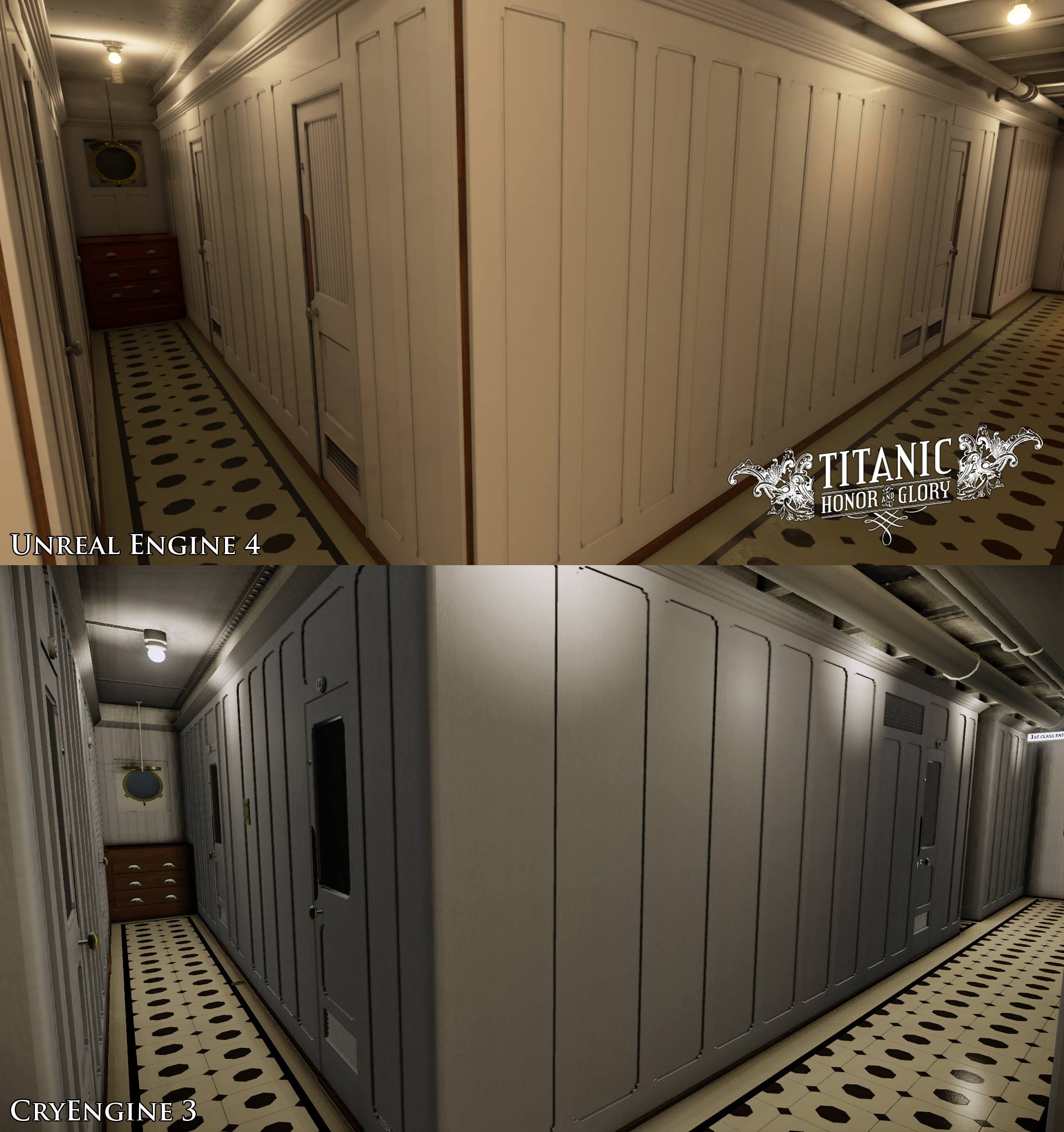


And assuming a piston clearance of 9/16", the volume of piston clearance is 1290 in^3 so there is enough to avoid water hammering.

While 11.56 lbs of water in the cylinder seems high (way too much to me) it only is equal to 354 in^3. Here's some calculations I did based on the assumptions of 70% cutoff and condensation of 25% at cutoff and throughout stroke (gives a quality of x=0.75). However, if you take the energy available from 230 pisa (1200.8 BTU/lb) to 1 psia (1105.7 BTU/lb) steam for that mass flow rate, there is not enough energy to produce the 45,000 HP.Ħ,262 lbs/min * (1200.8-1105.7) BTU/lb *.023581 HP/(BTU/min) = 14043 HPĪs you can see this is only 1/3 of the actual power output of Titanic's engines at full speed. There he calculates a rate of 6262 lbs/min of steam. I decided to do this since I found a mistake in his article about steam consumption (footnote 3) and I would like to further my understanding of triple expansion engines (will build one someday). Where can I obtain this information and are there actual blueprints/plans of the engines? In order to do this I need specific details about the engines such as the clearance, piston clearance, indicator diagrams, etc, of each of the cylinders (Any of the Olympic class liners would do). I'm doing this from an actual design/mechanical engineer's perspective, so technical language will be used. I find this site to be very informative.Īfter reading Samuel Halpern's article "Titanic Prime Mover", I thought I would like to take the analysis of the triple expansion engines further and contribute to my and for other people to understand the workings of these engines. First off, I'd like to say hello to all on this board since I just joined here.


 0 kommentar(er)
0 kommentar(er)
